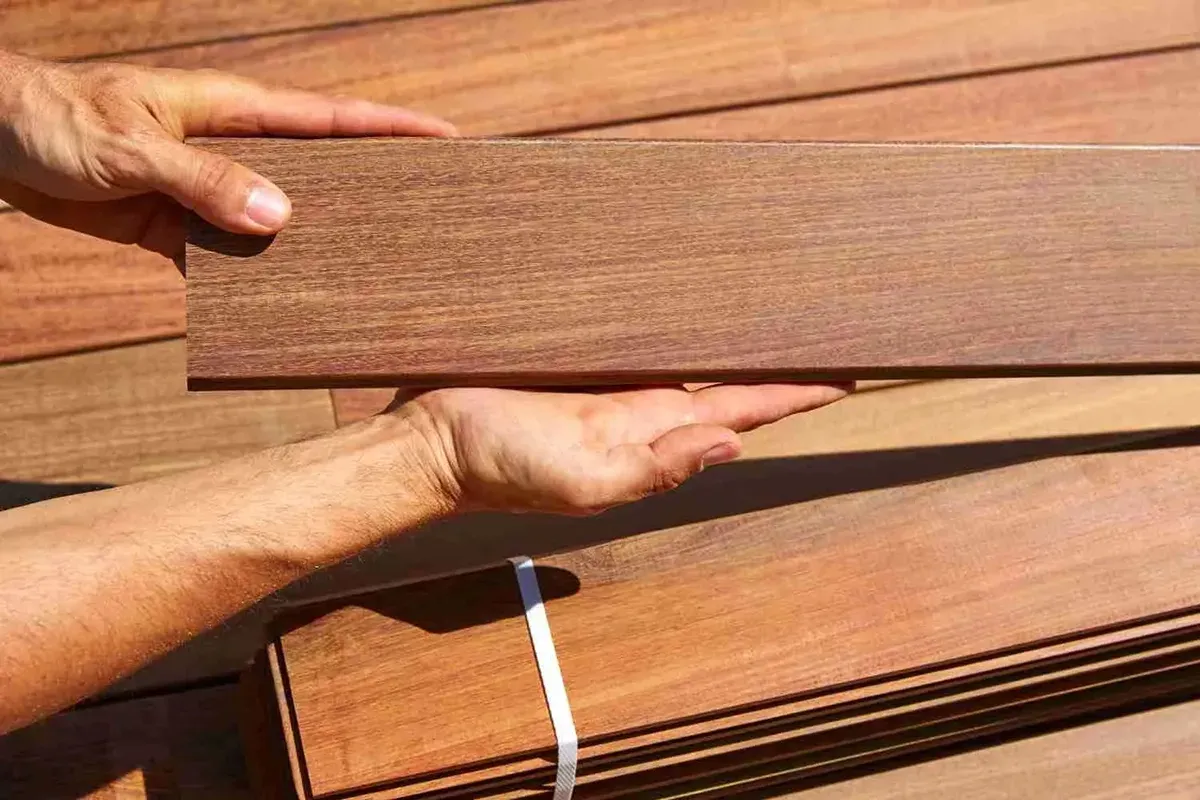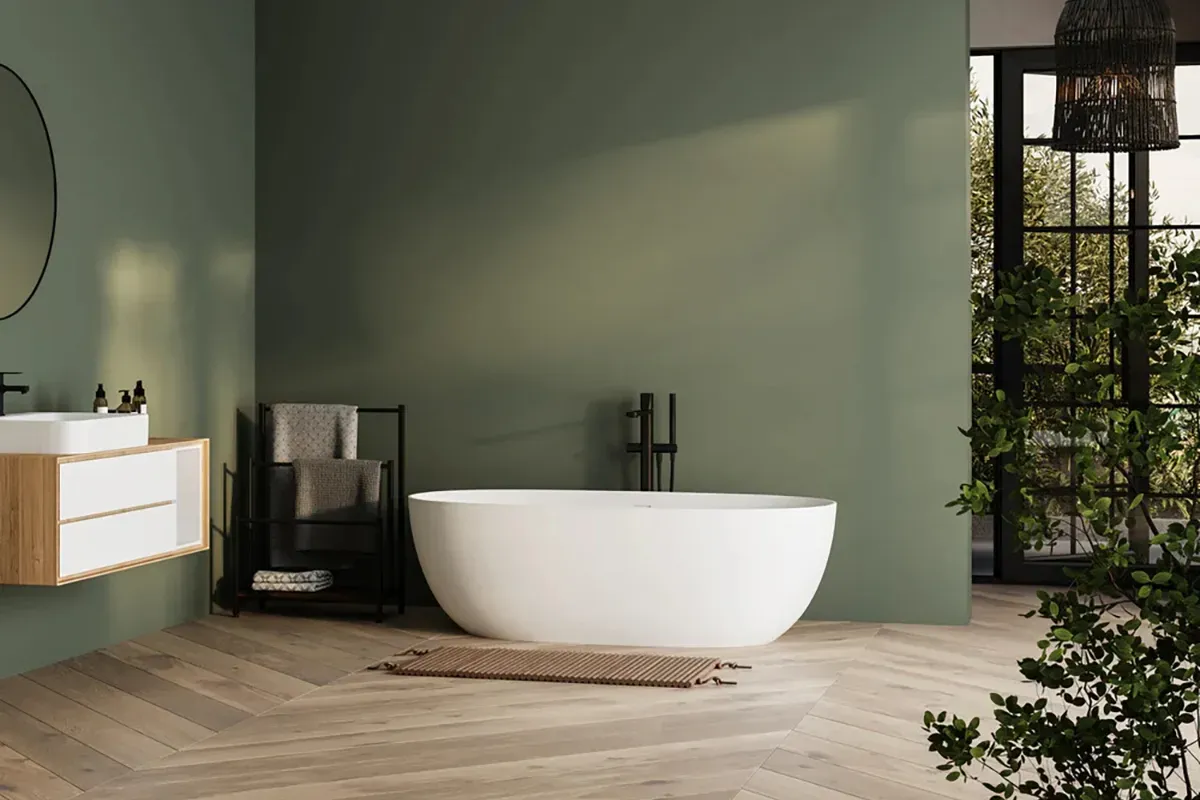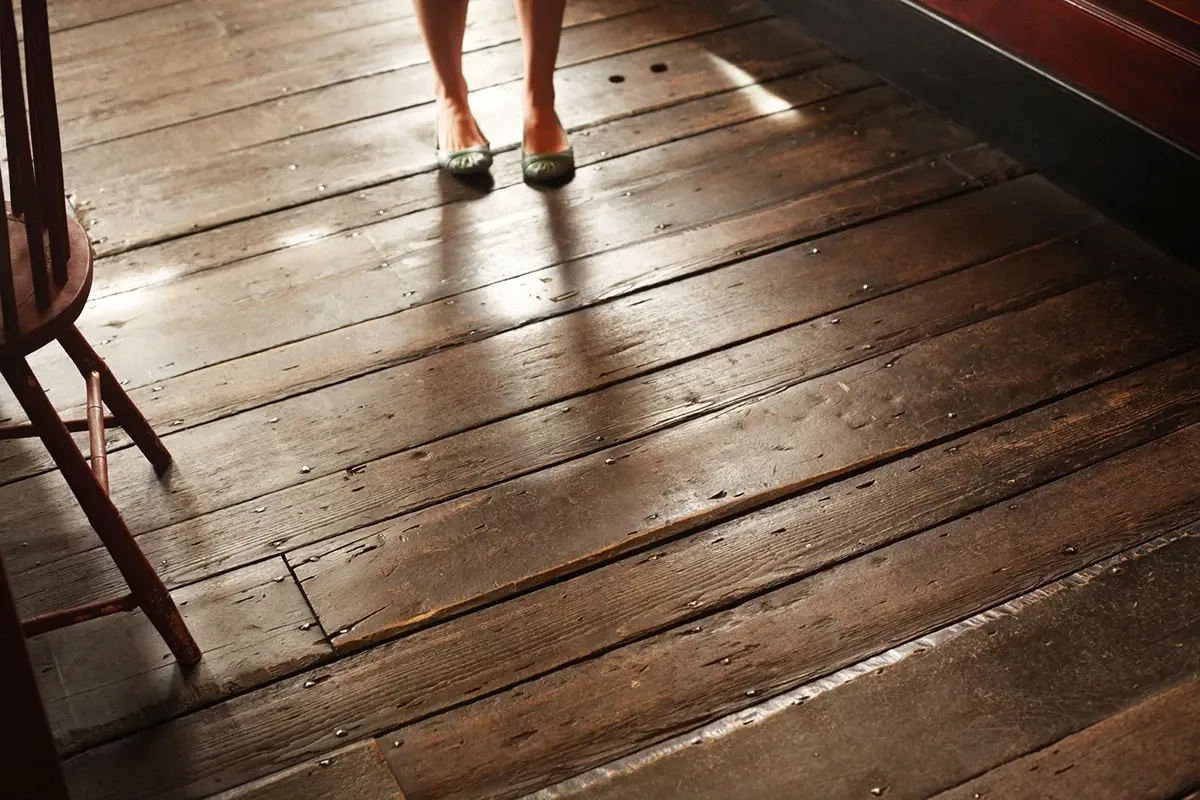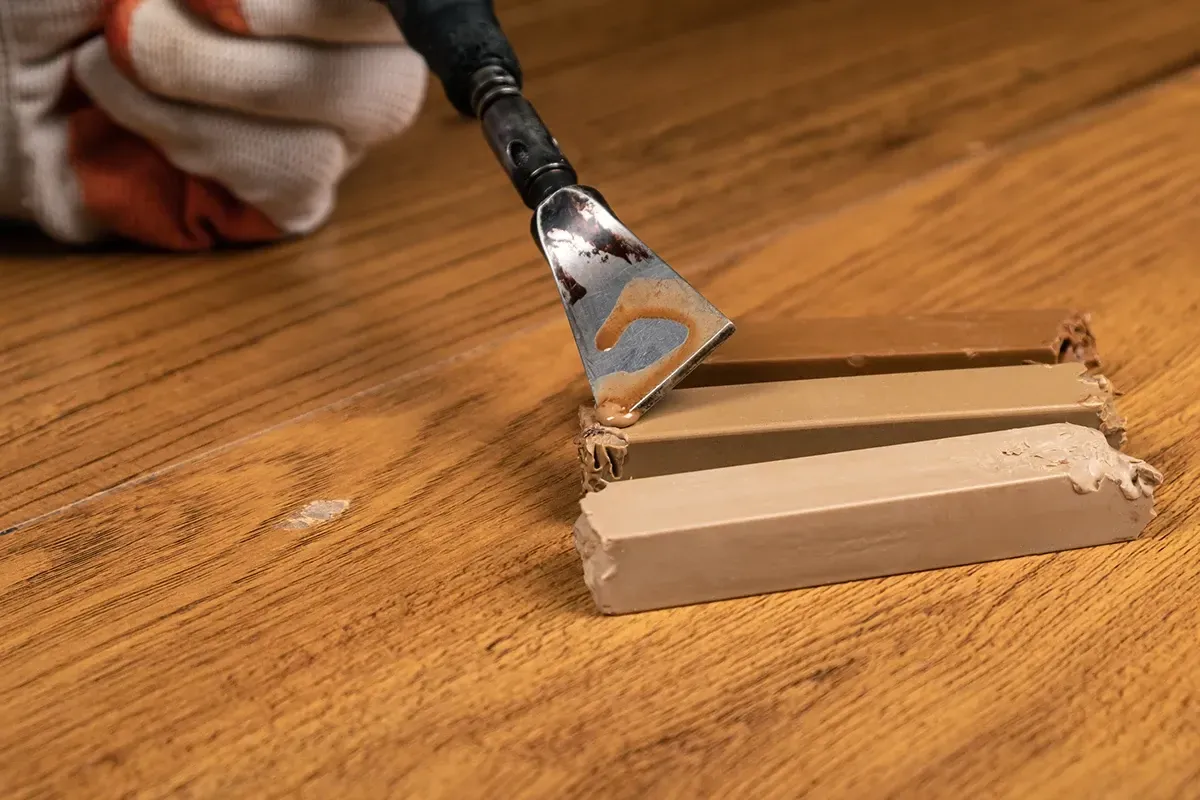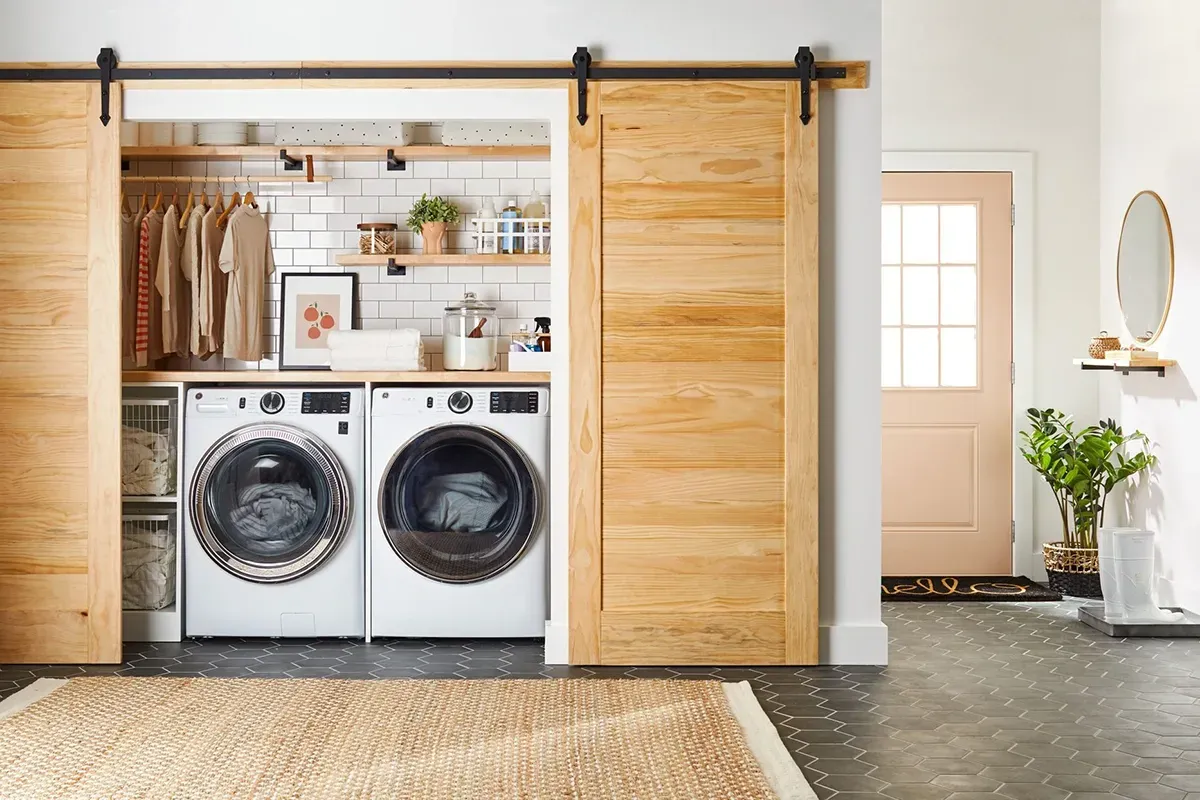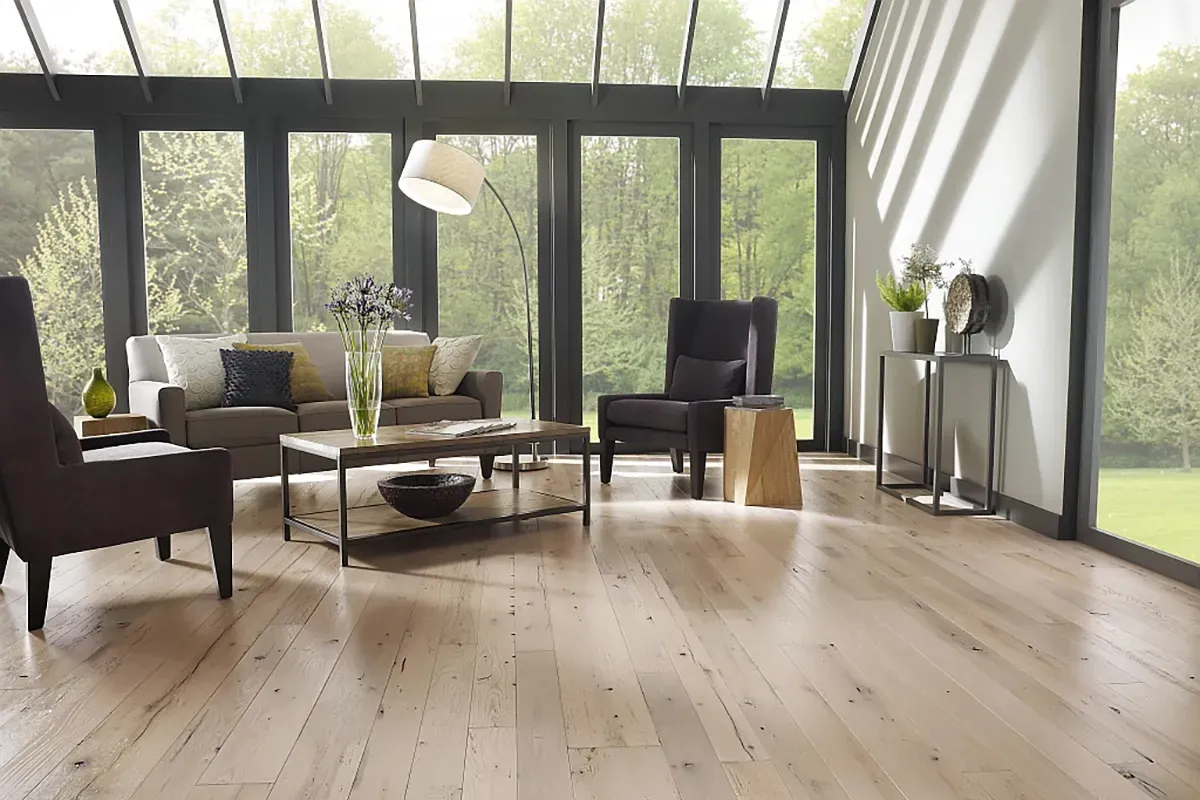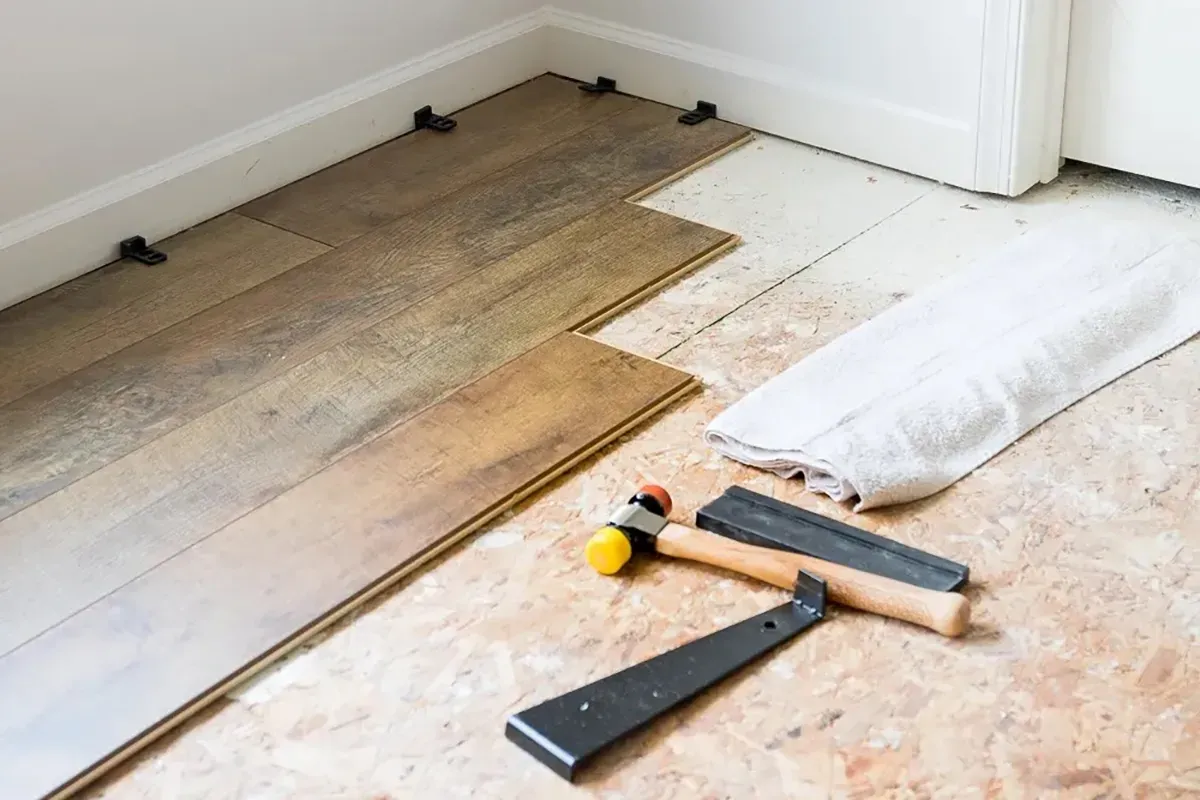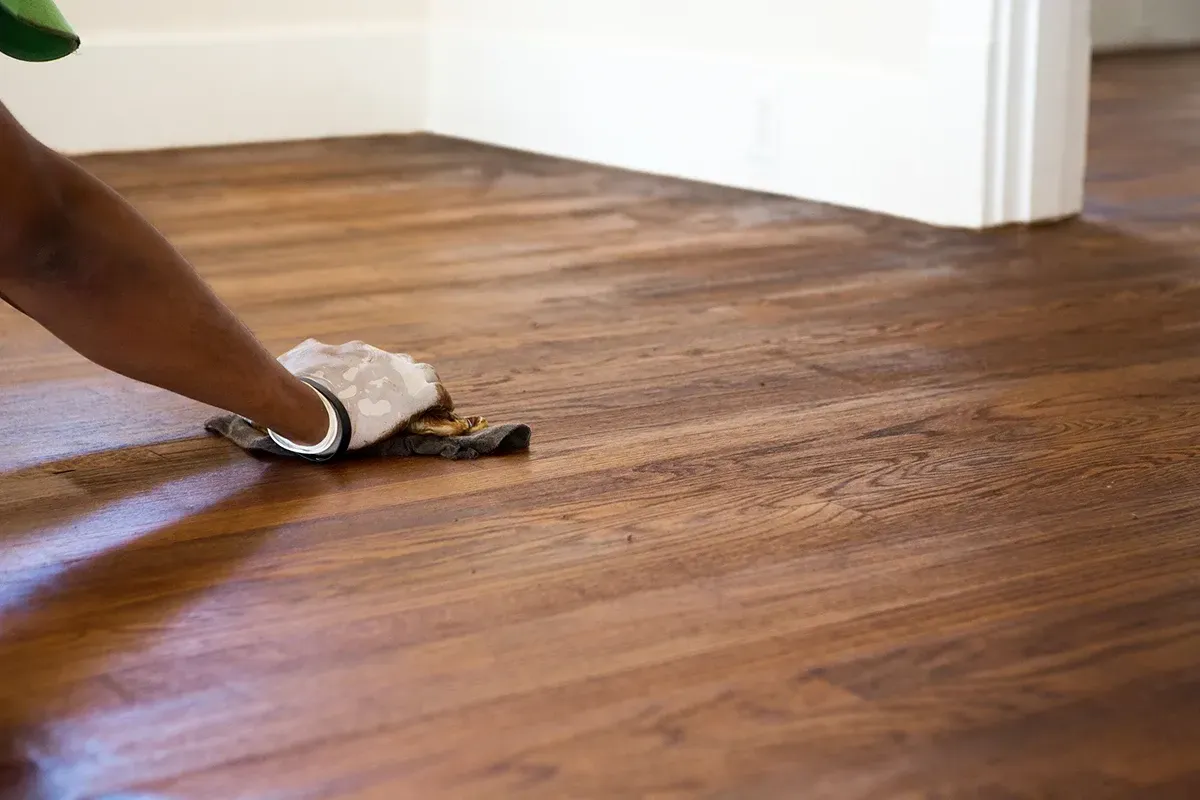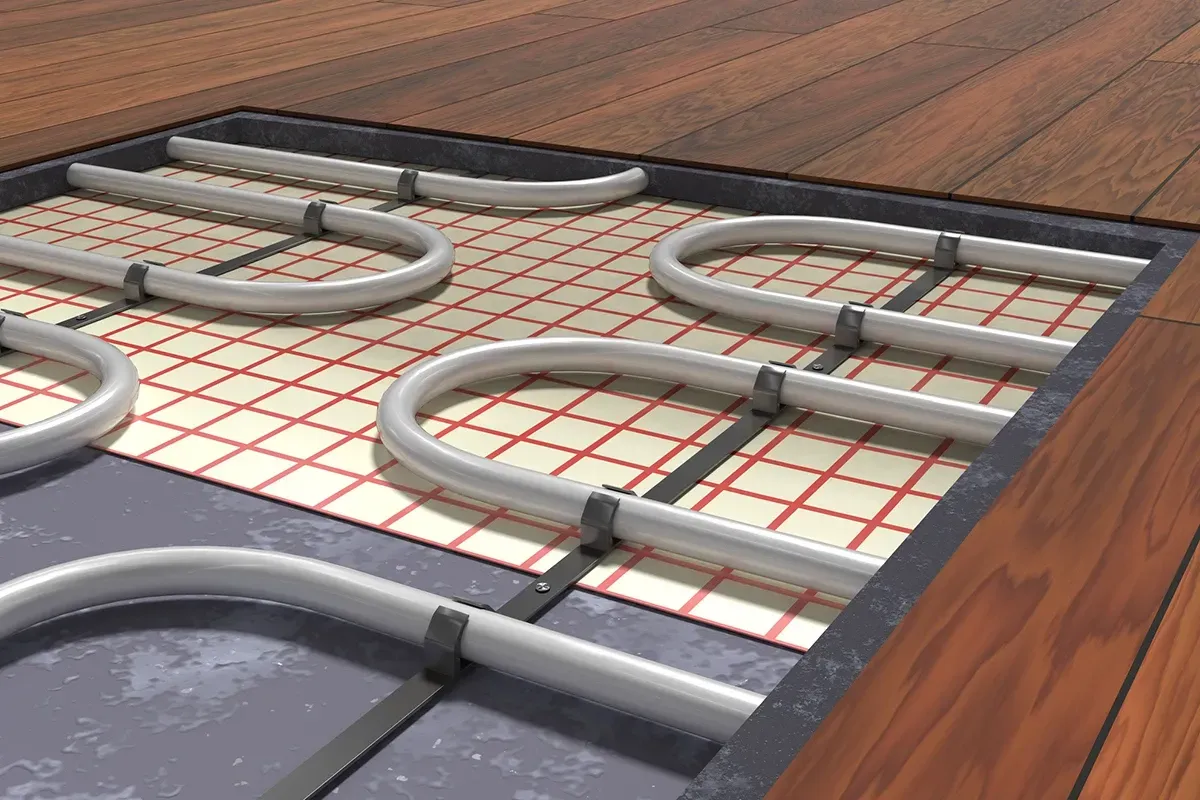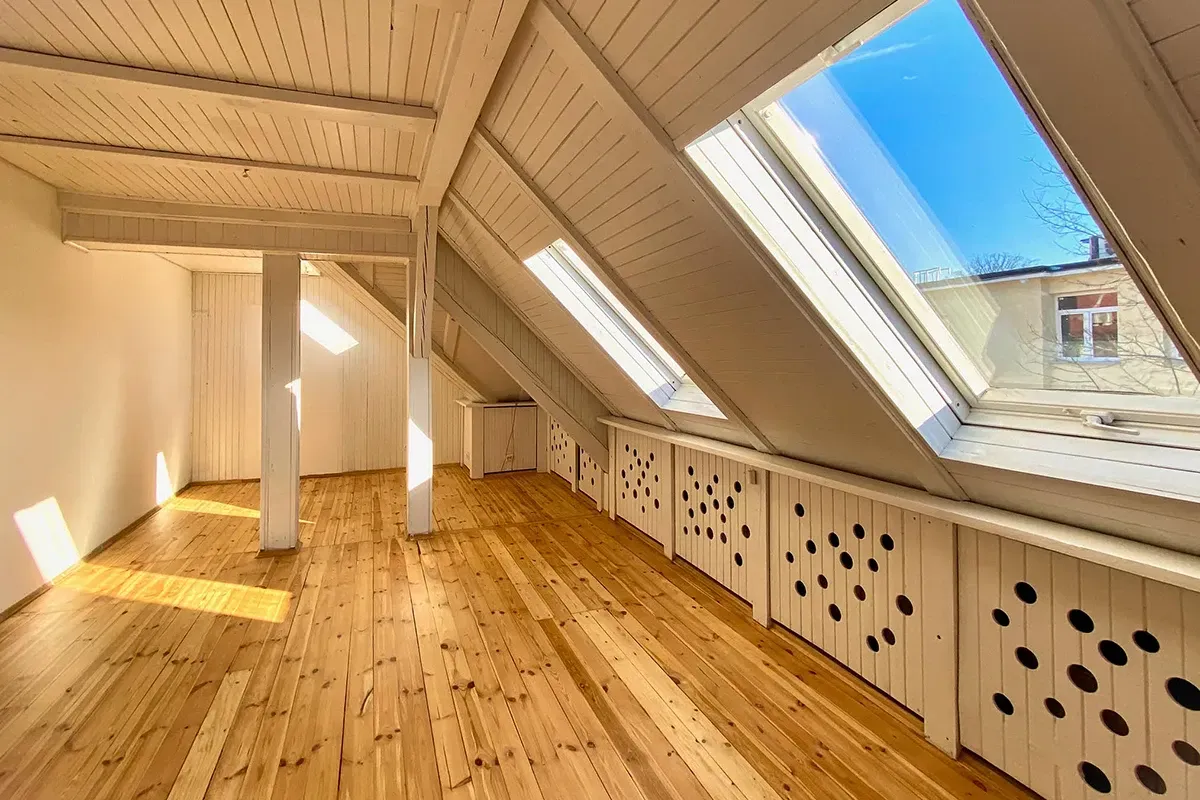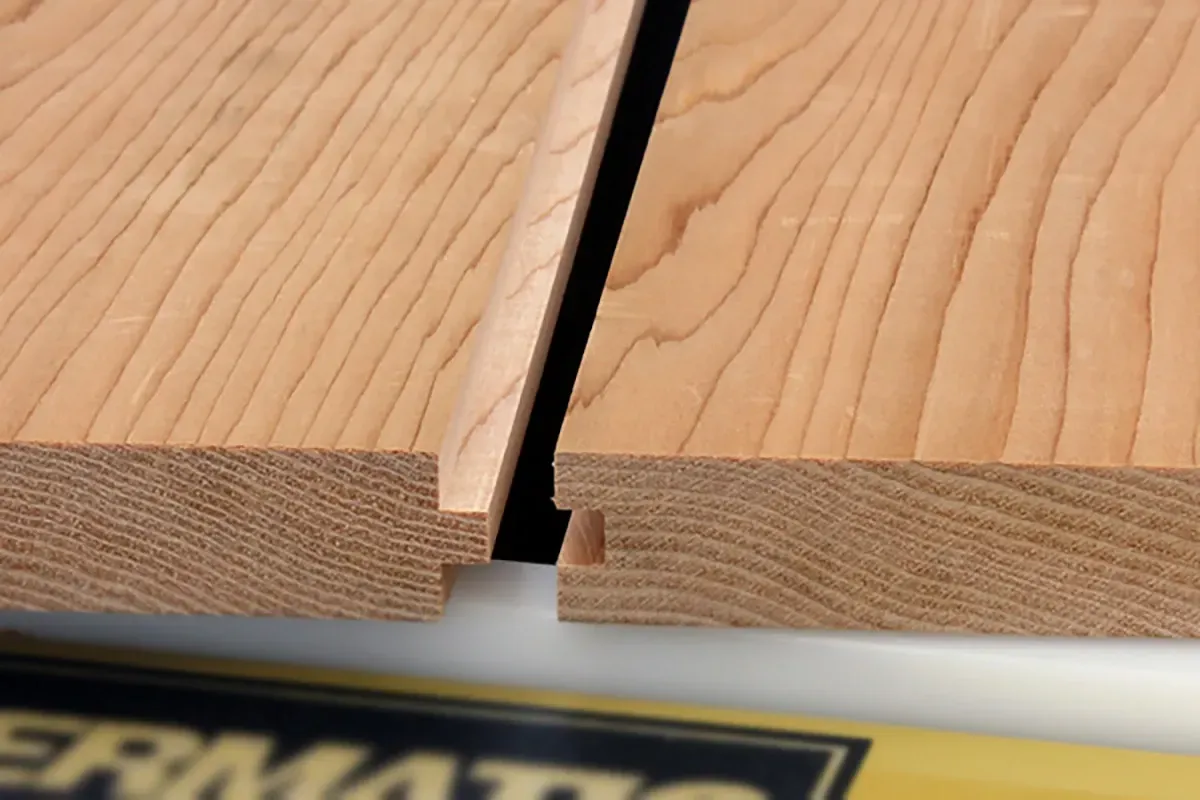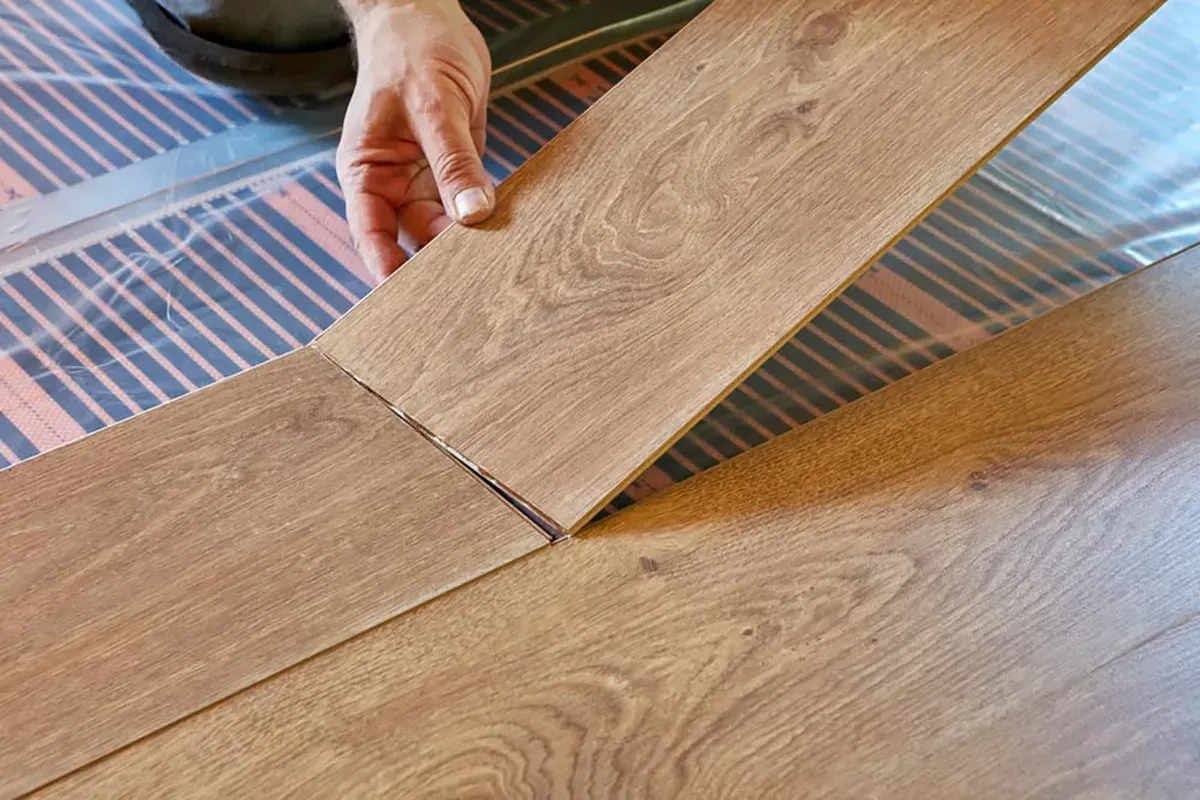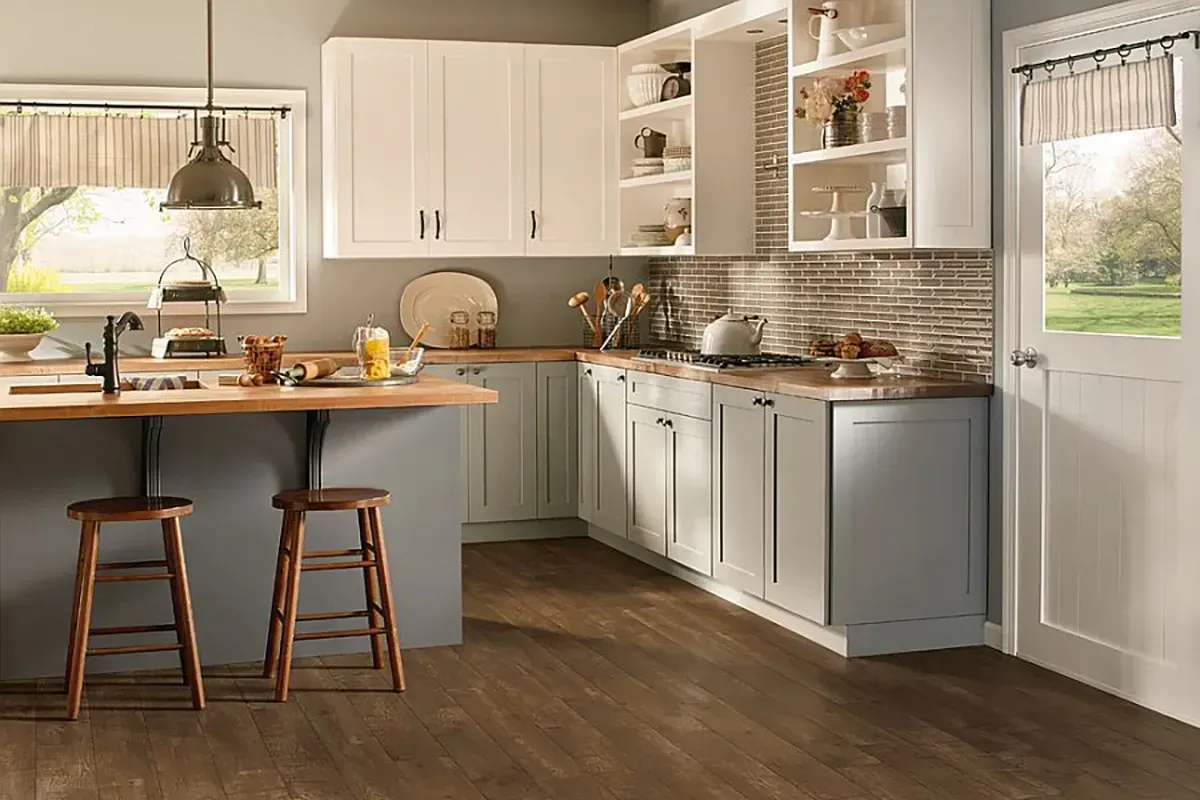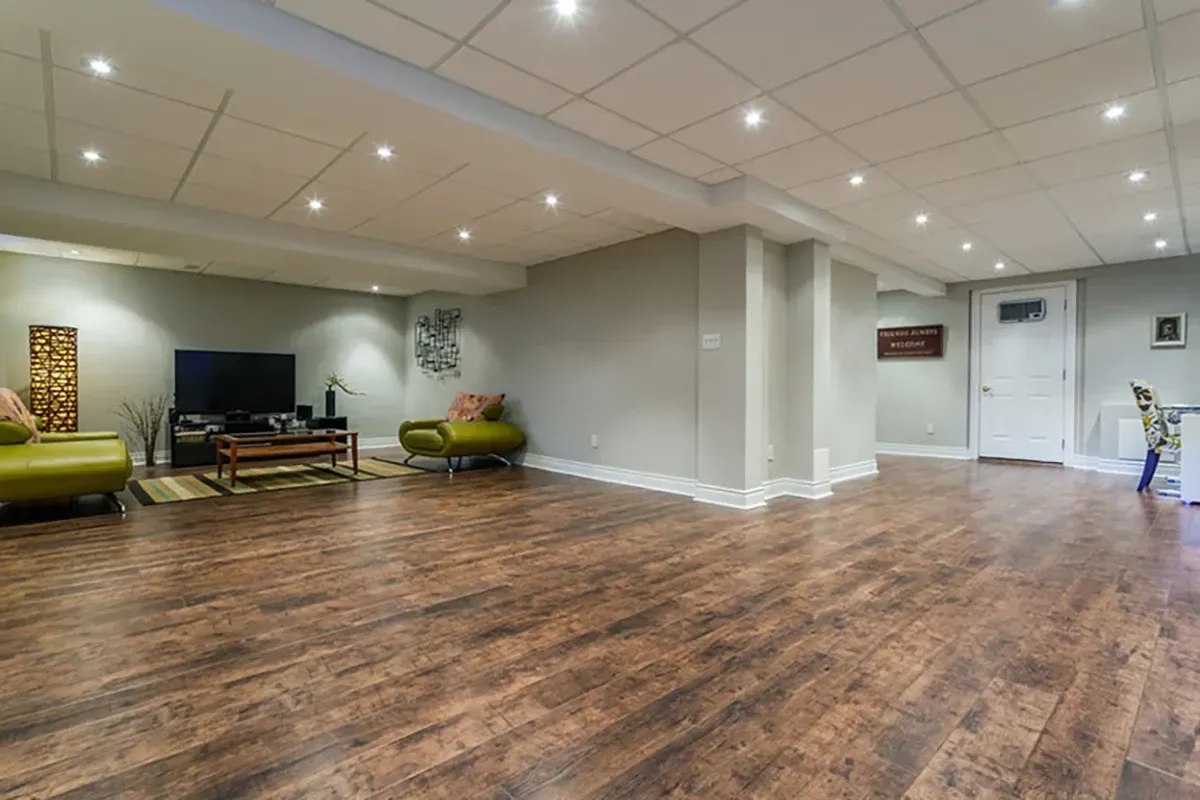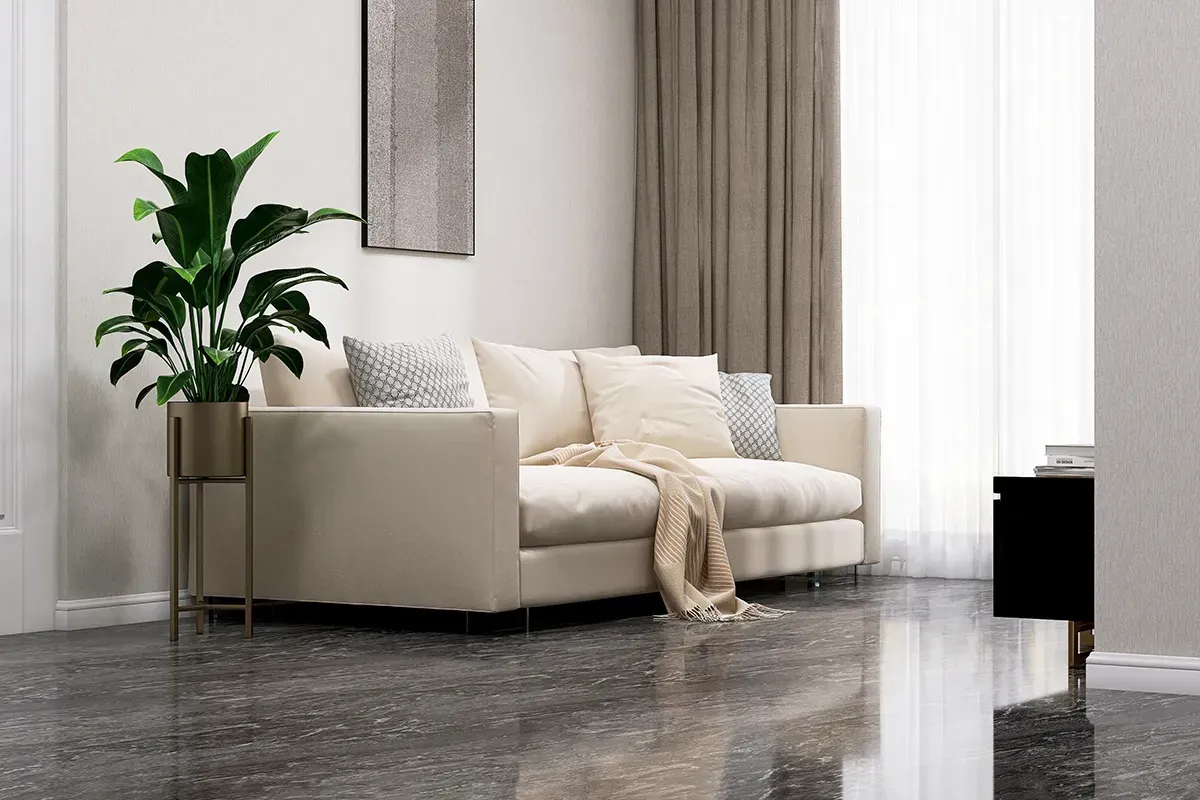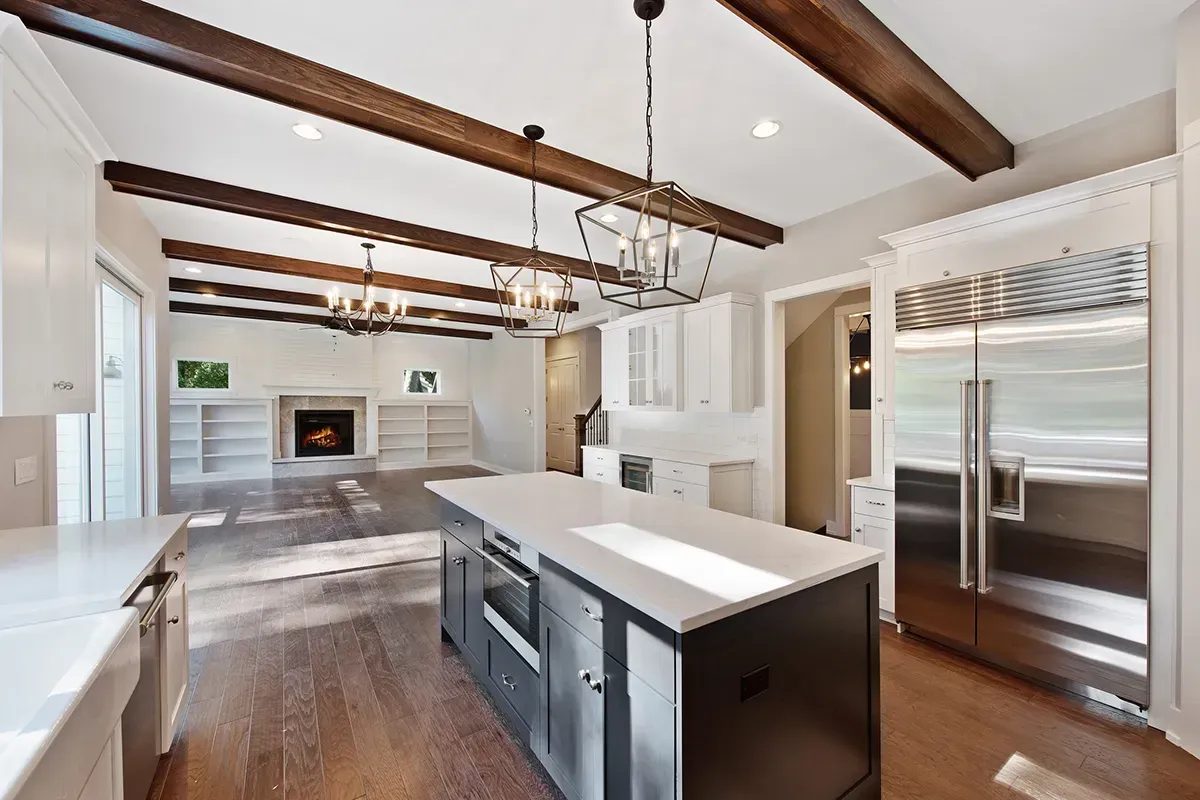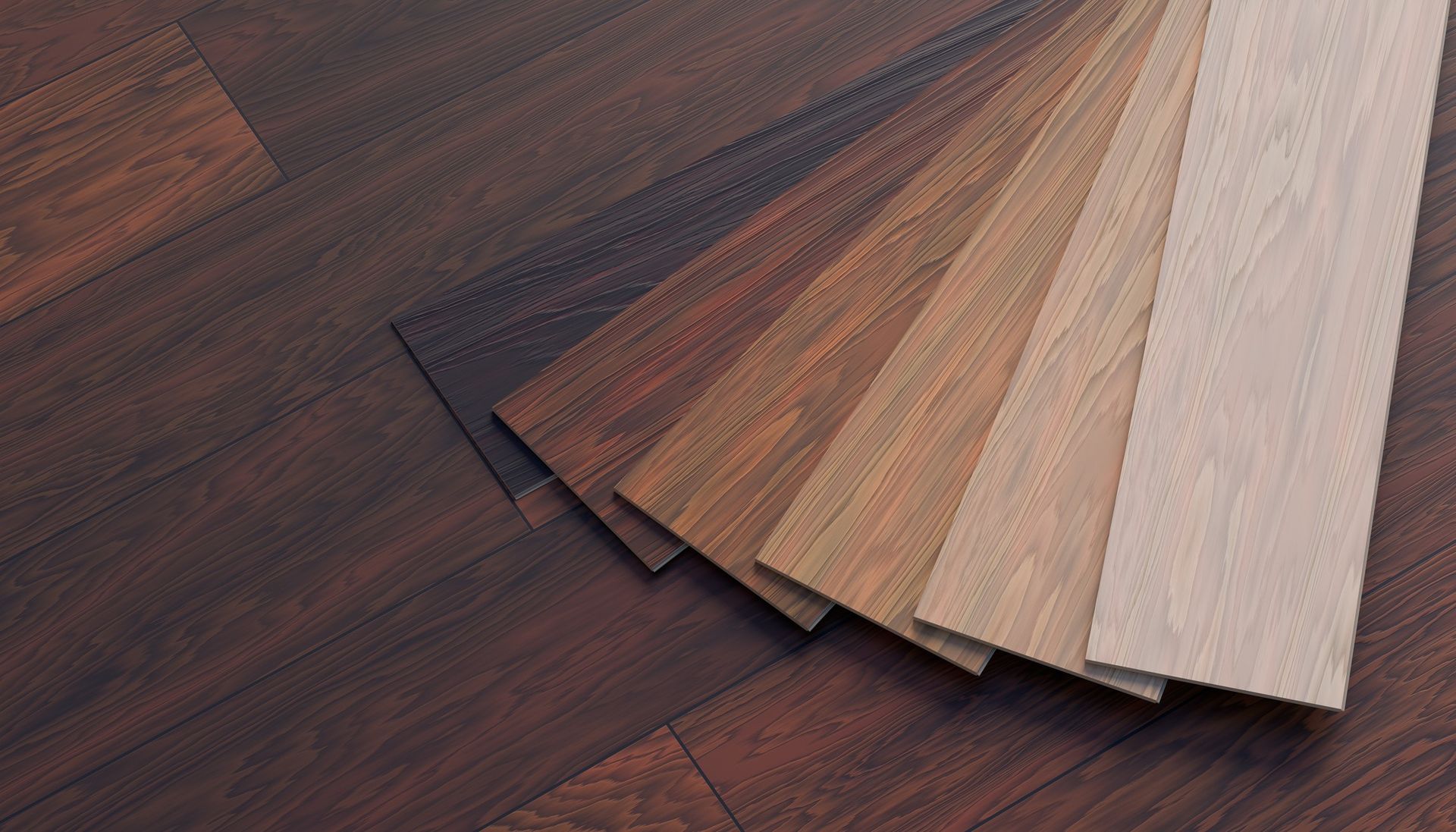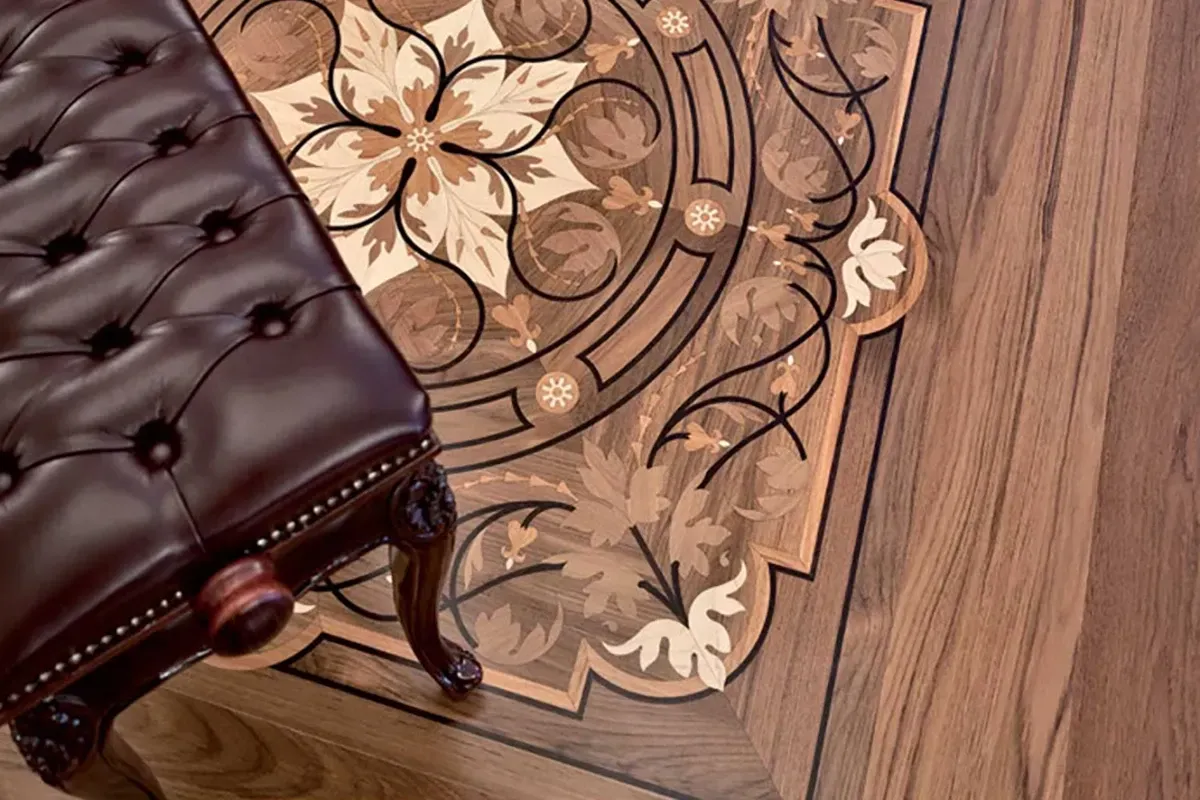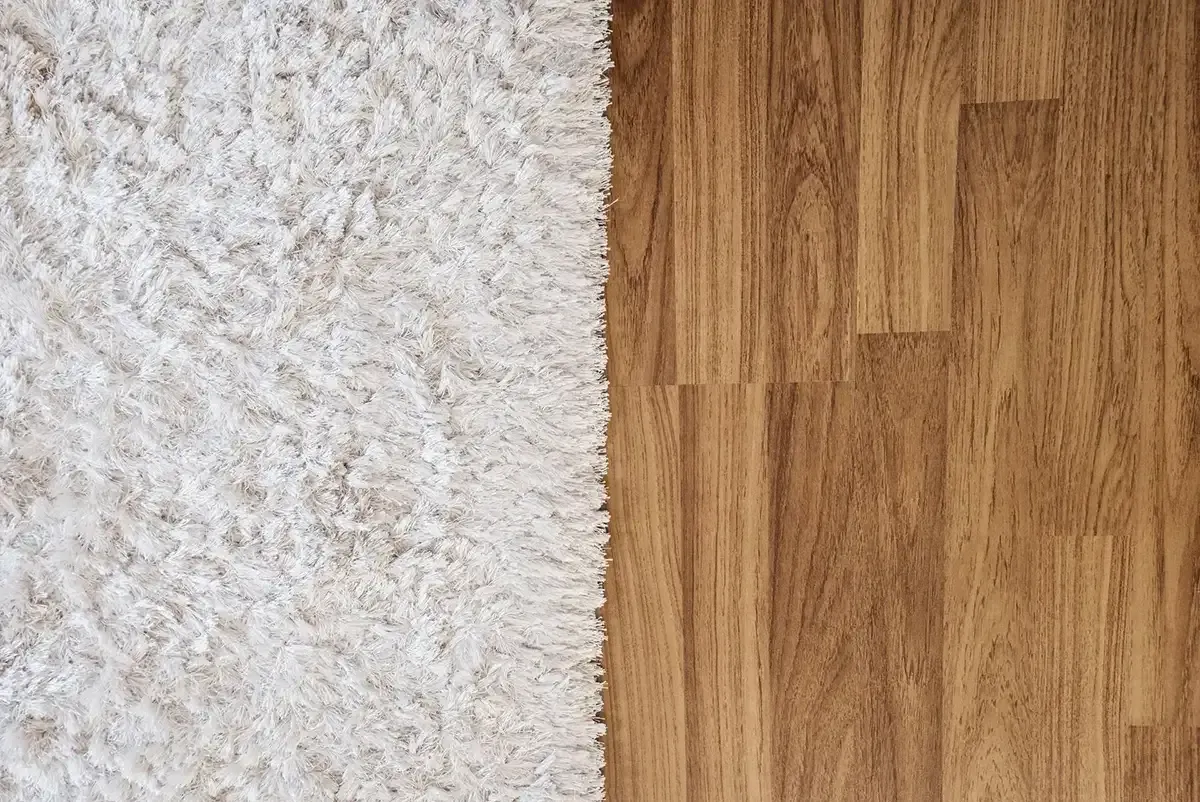Best Flooring for Wheelchairs

When creating an accessible and comfortable space for wheelchair users, flooring plays a crucial role. Hardwood flooring stands out as a top choice, balancing function and style. Here’s a look at which type of wood flooring is best for wheelchairs and why it's so well-suited for accessibility. For those who do not use a wheel chair, feel free to explore Best Flooring for Seniors.
Best Types of Flooring For Wheelchairs
The best wood flooring for wheelchair accessibility combines durability, smoothness, and ease of maintenance. Here are the top types of wood flooring that excel for wheelchair use:
1. Engineered Hardwood
- Benefits: Engineered hardwood is highly durable, thanks to its layered construction, making it resistant to changes in temperature and humidity. It has a smooth surface that’s ideal for wheelchair movement, and the top layer is made of real hardwood, offering a similar appearance to solid wood.
- Consideration: Look for high-quality engineered options with a thicker veneer layer (3-4 mm or more) that can be refinished if necessary.
2. Oak (Especially White Oak)
- Benefits: Oak is known for its hardness, durability, and resistance to dents and scratches. White oak, in particular, has a tight grain pattern that hides imperfections better and can withstand the rigors of wheelchair use. Oak floors are also widely available and come in a variety of finishes.
- Consideration: Choose a satin or matte finish to help minimize the appearance of minor scratches from wheels.
3. Hickory
- Benefits: Hickory is one of the hardest domestic woods, making it highly resistant to wear and tear from wheelchairs. Its distinctive grain pattern and hardness make it both a practical and stylish option.
- Consideration: While beautiful, hickory has a strong grain pattern that may not suit every design style, so keep aesthetics in mind.
4. Maple
- Benefits: Maple is another hardwood known for its hardness and fine grain. Its smooth surface allows for easy mobility, and it’s less likely to show scratches due to its light color and subtle grain.
- Consideration: Be sure to choose a high-quality maple with a protective finish to prevent scuffing over time.
5. Bamboo
- Benefits: Technically a grass, bamboo flooring is incredibly durable and resilient. It’s also eco-friendly and often more affordable than traditional hardwoods. Strand-woven bamboo, in particular, is highly resistant to scratches and dents, making it a good choice for wheelchair users.
- Consideration: Opt for high-quality strand-woven bamboo, which is much harder and more resistant to wear than traditional bamboo flooring.
Key Considerations
1. Smooth Surface for Effortless Mobility
Wood flooring provides a smooth, level surface that’s ideal for wheelchair mobility. Unlike carpets or uneven tile, wood flooring allows for easy movement across rooms without the risk of wheels getting stuck or causing tripping hazards. Using a glue-down or nail-down installation method can eliminate the need for transition moldings, which can often be challenging for wheelchair wheels.
This smooth surface is especially beneficial for wheelchair users with limited upper-body strength, requiring less effort to propel themselves and creating a more comfortable, efficient living environment.
2. Durability and Long-Lasting Quality
Wood flooring is known for its durability, able to withstand the daily wear and tear associated with wheelchair use. Hardwood options are scratch- and dent-resistant, and with proper care, they maintain their appeal over time. Plus, a hardwood floor can be refinished multiple times, extending its life and making it a wise long-term investment.
Durability often means the floors will be hard. For seniors who do not use a wheel chair and prefer a soft underfoot feel, have a look at Best Flooring for Seniors.
3. Simple, Low-Maintenance Care
Wood flooring is easy to maintain, which can be a big plus for wheelchair users. Regular sweeping and occasional mopping are often all that’s needed to keep it clean. Wood’s natural insulating properties also help regulate room temperature, making it more comfortable year-round for users who spend extended periods in one place.
4. Versatile Aesthetics to Match Any Style
Beyond functionality, wood flooring offers aesthetic versatility that enhances any space. Available in a wide range of colors, finishes, and patterns, it can seamlessly fit both modern and classic designs. Whether you prefer a sleek, contemporary look or a rustic charm, wood flooring provides the flexibility to match your style while remaining wheelchair-friendly.
Wood’s natural textures and grain patterns allow for personal expression, ensuring that accessibility doesn’t mean compromising on style. The timeless elegance of wood flooring allows for a visually pleasing, inclusive environment that reflects individual taste.
5. Adaptable for Ramps and Lifts
Wood flooring’s adaptability makes it compatible with ramps and lifts, essential for accessible living spaces. Unlike some other flooring materials, wood can support these modifications without sacrificing aesthetic appeal. This flexibility enables smooth transitions between levels within the home, promoting seamless mobility for wheelchair users.
This adaptability to ramps and lifts aligns with universal design principles, ensuring inclusivity without losing the overall ambiance of the space.
Conclusion
Choosing the right flooring is key to creating a truly accessible home, and wood flooring shines as an ideal option for wheelchair users. Its smooth, durable, and visually appealing surface meets accessibility needs without sacrificing style. At Rejuvenation Floor & Design, we’re here to help you make the best choice for accessibility.
For more information, give us a call at (503) 989-8997 or visit Rejuvenation Floor & Design. Based in Portland, Oregon, we’re dedicated to providing flooring solutions for all accessibility needs.

